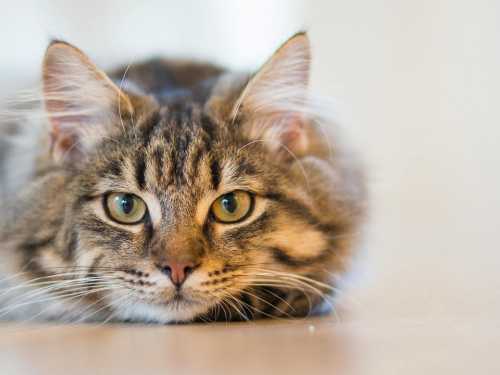
Genetics suggest that the southern cassowary's ancestors were on our planet tens of millions of years ago. (Photo credit: Getty/Wokephoto17/Alamy/Trevor Collens)
Name: Southern Cassowary (Casuarius casuarius)
Habitat: Indonesia, Papua New Guinea and north-eastern Australia.
Diet: Fruits, seeds, mushrooms, insects, snails, fish, frogs, small birds, small mammals and carrion.
You may like
- Big Potoo: A stump bird with a mesmerizing growl that can see with its eyes closed.
- Dracula Parrot: The Gothic Bird Whose Shrill Screams Echo Through the Forests of New Guinea
- Why don't all birds fly?
Why it's impressive: The southern cassowary is one of the oldest birds on the planet. They are often compared to modern dinosaurs due to their gigantic size, bright colors, and powerful claws, which has given them the reputation of being the “world's most dangerous bird.”
The southern cassowary, a tropical rainforest bird, is the heaviest flightless bird in Australia and the second-heaviest in the world after the common ostrich (Struthio camelus). The birds can grow up to 5.6 feet (1.7 meters) tall and are members of the ratite order, which also includes ostriches, emus, and kiwis, according to the San Diego Zoo. Fossil evidence and genetic studies confirm that cassowaries have been around in various forms for tens of millions of years.
One of the most ancient characteristics of the cassowary is its feet. Each foot has three toes, with the inner toe containing a dagger-shaped claw that can grow up to 5 inches (12 centimeters) long. These claws are not just for show; they can deliver powerful, sharp strikes that can injure or even kill potential threats, including humans. Their legs are highly muscular and adapted for fast, powerful movements, allowing them to effectively defend themselves from predators such as crocodiles and pythons.
Cassowaries also have an unusual and striking appearance. Their heads and necks are bare and colored in bright shades of blue and red, while their bodies are covered in coarse black feathers that resemble hair more than the bird's usual plumage. This fur protects them from sharp thorns and branches as they move through dense vegetation.
These giant birds also have brightly coloured fleshy pouches known as wattles that hang from their necks. These are thought to help cassowaries communicate socially: shaking their heads and wiggling their wattles, for example, can signal territorial aggression.
They also have large, helmet-like structures called “casques” on the top of their heads. The exact function of these casques remains a matter of debate among biologists, but research suggests that they may act as “thermal windows” or radiators, allowing the bird to release excess heat in hot weather and store it in cooler conditions. They may also amplify and direct low-frequency sounds, helping them communicate over long distances.
Unlike many other animals, male cassowaries are the sole caretakers of their young. They incubate the eggs for about 50 days, and after the chicks
Sourse: www.livescience.com





